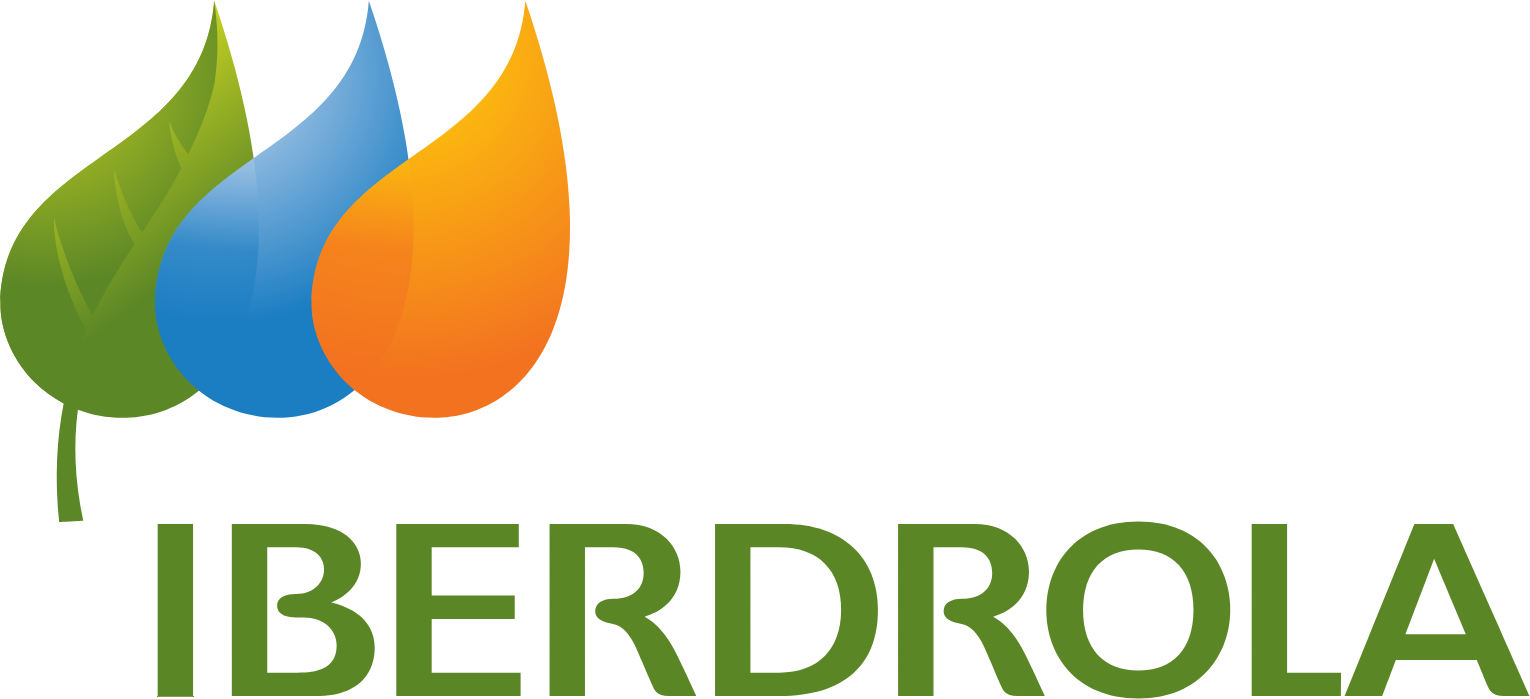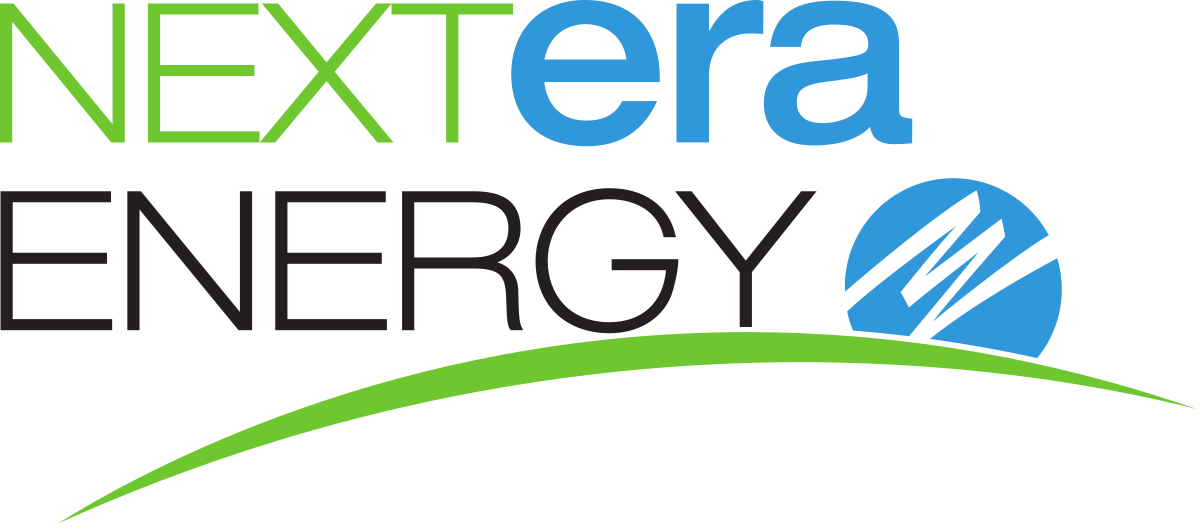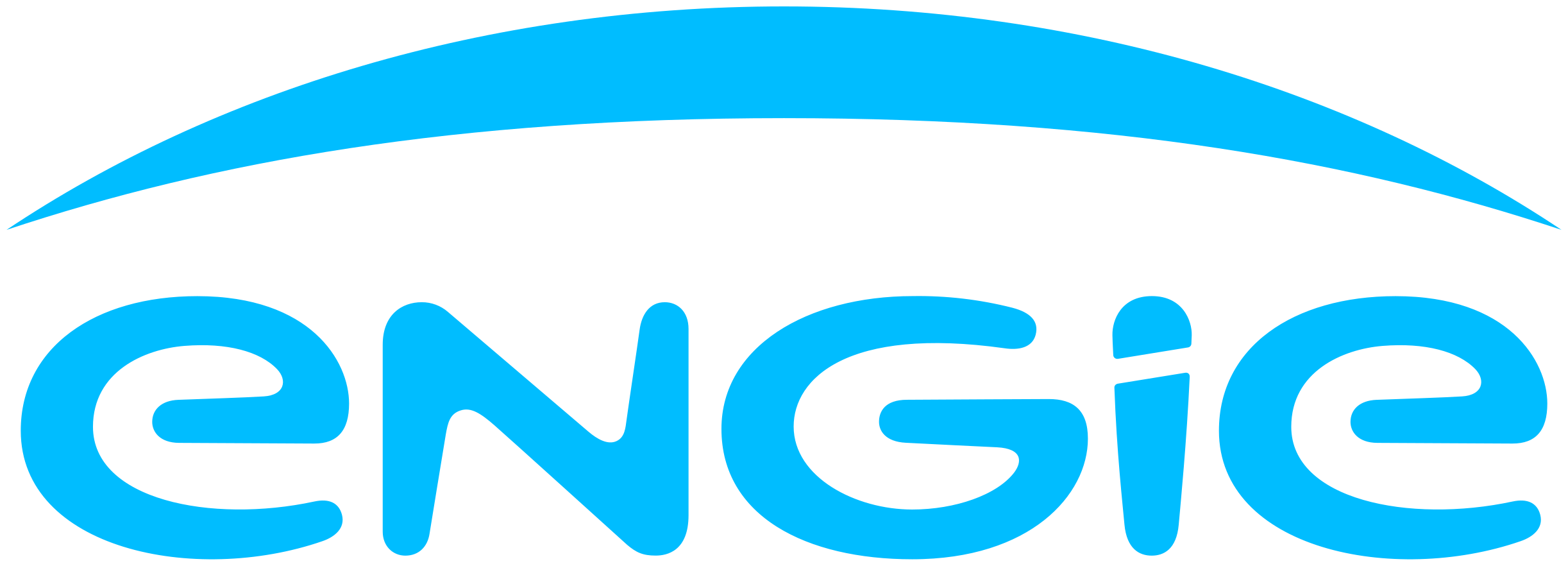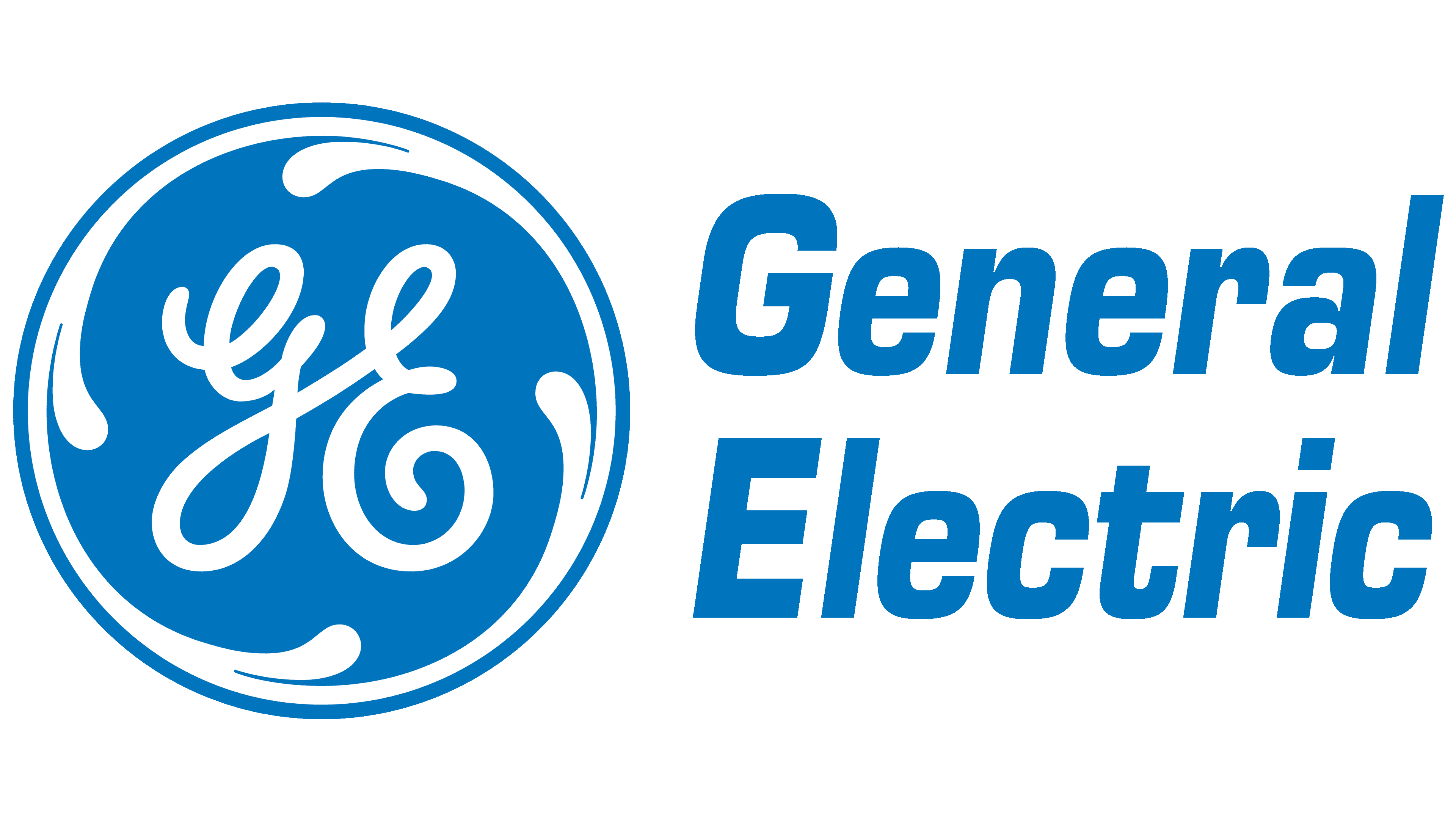Global Hydrogen Infrastructure Market Insights, Growth, Share, Size: By Production, By Storage, By Delivery, By Region & Segmental Forecast, 2023-2031, Comparative Analysis and Trends
- Industry: Energy & Power
- Report ID: TNR-110-962
- Number of Pages: 420
- Table/Charts : Yes
- November, 2023
- Base Year : 2024
- No. of Companies : 11+
- No. of Countries : 29
- Views : 10180
- Covid Impact Covered: Yes
- War Impact Covered: Yes
- Formats : PDF, Excel, PPT
Global Hydrogen Infrastructure Market was Valued at USD 4.9 Bn in 2022, Anticipated to Reach USD 13.2 Billion by 2031, Growing at an Estimated CAGR of 10% from 2023- 2031
Due to the growing worldwide interest in clean and sustainable energy solutions, the global hydrogen infrastructure market is witnessing tremendous expansion and attention. In recent years, the hydrogen market and accompanying hydrogen infrastructure have risen dramatically, with increased interest in the hydrogen economy from governments, investors, and enterprises seeking to fulfil their decarbonisation ambitions. Hydrogen is predicted to play a crucial role in accomplishing global decarbonisation efforts and fulfilling 2050 net-zero ambitions as a clean and flexible energy carrier.
Global Hydrogen Infrastructure Market Revenue & Forecast, (US$ Million), 2015 – 2031

Global Hydrogen Infrastructure Market Future
The future of hydrogen infrastructure market holds significant growth, driven by the global need to transition to clean and sustainable energy sources. The focus on green hydrogen, produced through electrolysis using renewable energy sources, is likely to increase. As the cost of renewable energy continues to decline, the production of green hydrogen could become more economically viable and environmentally friendly. Besides governments and private sectors are investing heavily in scaling up hydrogen infrastructure, including production, storage, transportation, and distribution networks, to support the growing demand for hydrogen across various sectors.
Material-based hydrogen storage methods are being actively researched and developed to overcome storage challenges and provide viable options for efficient and practical hydrogen storage, particularly in scenarios where conventional storage methods are less suitable. Hydrogen storage using material-based solutions involves using certain materials that can absorb and release hydrogen gas. These materials, known as hydrogen storage materials or hydrogen carriers, provide a way to store hydrogen in a solid or liquid form, which can offer advantages over traditional gaseous or liquid hydrogen storage methods. Thus, in the upcoming years, various hydrogen storage methods will be adopted for the growth of the overall hydrogen infrastructure market.

Europe has been making significant strides in developing hydrogen infrastructure as part of its broader clean energy and decarbonization goals. The European Union (EU) and several individual European countries have been actively promoting hydrogen as a key component of their energy transition strategies.
For instance, The REPowerEU Plan included efforts to minimise dependency on Russian fossil resources and accelerate the green transition. REPowerEU has set a target of 10 million tonnes of domestic renewable hydrogen generation and 10 million tonnes of imports by 2030 in order to accelerate the development of hydrogen projects. In Addition accelerated efforts are needed to install hydrogen infrastructure capable of generating, storing, importing, and transferring 20 million tonnes of hydrogen by 2030, a huge contribution to decarbonizing European economy while ensuring supply security.
Competitive Landscape
The report examines the market participants in the global hydrogen infrastructure market in depth. In order to grow their market share and retain dominating positions in various areas, these companies are using various strategies such as new product releases, partnerships, expansion, joint ventures, agreements, and others. A few of the key players operating in the global hydrogen infrastructure market are:
- Air Liquide
- Ballard Power Systems
- Cummins, Inc.
- DNV GL
- Engie SA
- ITM Power PLC
- Linde
- McPhy Energy S.A
- Nel ASA
- Plug Power Inc.
- Shell Group
- Siemens Energy
- Other Industry Participants
Global Hydrogen Infrastructure Market Report Coverage
| Report Specifications | Details |
| Market Revenue in 2022 | US$ 4.9 Billion |
| Market Size Forecast by 2031 | US$ 13.2 Billion |
| Growth Rate (CAGR) | 10% |
| Historic Data | 2015 – 2021 |
| Base Year for Estimation | 2022 |
| Forecast Period | 2023 – 2031 |
| Report Inclusions | Market Size & Estimates, Market Dynamics, Competitive Scenario, Trends, Growth Factors, Market Determinants, Key Investment Segmentation, Product/Service/Solutions Benchmarking |
| Segments Covered | By Production, By Storage, By Delivery |
| Regions Covered | North America, Europe, Asia Pacific, Middle East & Africa, Latin America |
| Countries Covered | U.S., Canada, Mexico, Rest of North America, France, The UK, Spain, Germany, Italy, Nordic Countries (Denmark, Finland, Iceland, Sweden, Norway), Benelux Union (Belgium, The Netherlands, Luxembourg), Rest of Europe, China, Japan, India, New Zealand, Australia, South Korea, Southeast Asia (Indonesia, Thailand, Malaysia, Singapore, Rest of Southeast Asia), Rest of Asia Pacific, Saudi Arabia, UAE, Egypt, Kuwait, South Africa, Rest of Middle East & Africa, Brazil, Argentina, Rest of Latin America |
| Key Players | Air Liquide, Ballard Power Systems, Cummins, Inc., DNV GL, Engie SA, ITM Power PLC, Linde, McPhy Energy S.A, Nel ASA, Plug Power Inc., Shell Group, Siemens Energy, Other Industry Participants |
| Customization Scope | Customization allows for the inclusion/modification of content pertaining to geographical regions, countries, and specific market segments. |
| Pricing & Procurement Options | Explore purchase options tailored to your specific research requirements |
| Contact Details | Consult With Our Expert
Japan (Toll-Free): – +81 663-386-8111 South Korea (Toll-Free): – +82-808- 703-126 Saudi Arabia (Toll-Free): – +966 800 850 1643 United States: +1 302-232-5106 United Kingdom: +447537105080 E-mail: askanexpert@thenicheresearch.com
|
Global Hydrogen Infrastructure Market
By Production
- Electrolysis
- Coal Gasification
- Steam Methane Reforming
- Others
By Storage
- Compression
- Liquefaction
- Material Based
By Delivery
- Transportation
- Refinery
- Power Generation
- Hydrogen Refueling Stations
By Region
- North America (U.S., Canada, Mexico, Rest of North America)
- Europe (France, The UK, Spain, Germany, Italy, Nordic Countries (Denmark, Finland, Iceland, Sweden, Norway), Benelux Union (Belgium, The Netherlands, Luxembourg), Rest of Europe)
- Asia Pacific (China, Japan, India, New Zealand, Australia, South Korea, Southeast Asia (Indonesia, Thailand, Malaysia, Singapore, Rest of Southeast Asia), Rest of Asia Pacific)
- Middle East & Africa (Saudi Arabia, UAE, Egypt, Kuwait, South Africa, Rest of Middle East & Africa)
- Latin America (Brazil, Argentina, Rest of Latin America)
Report Coverage and Deliverables:
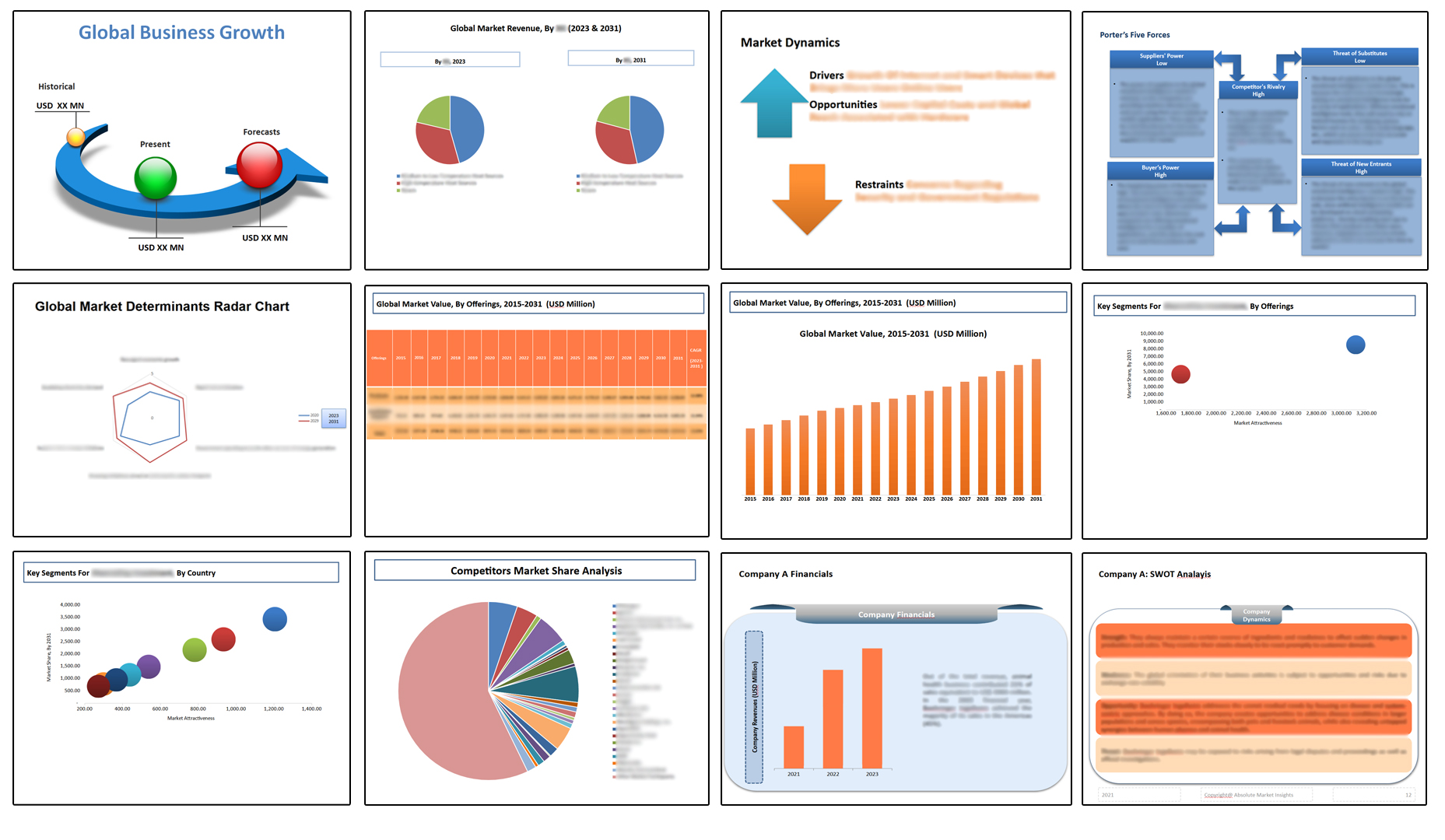
Table of Contents
Note: This ToC is tentative and can be changed according to the research study conducted during the course of report completion.
**Exclusive for Multi-User and Enterprise User.
Global Hydrogen Infrastructure Market Segmentation
By Production
By Storage
By Delivery
By Region
**Note: The report covers cross-segmentation analysis by region further into countries
The Niche Research approach encompasses both primary and secondary research methods to provide comprehensive insights. While primary research is the cornerstone of our studies, we also incorporate secondary research sources such as company annual reports, premium industry databases, press releases, industry journals, and white papers.
Within our primary research, we actively engage with various industry stakeholders, conducting paid interviews and surveys. Our meticulous analysis extends to every market participant in major countries, allowing us to thoroughly examine their portfolios, calculate market shares, and segment revenues.
Our data collection primarily focuses on individual countries within our research scope, enabling us to estimate regional market sizes. Typically, we employ a bottom-up approach, meticulously tracking trends in different countries. We analyze growth drivers, constraints, technological innovations, and opportunities for each country, ultimately arriving at regional figures.Our process begins by examining the growth prospects of each country. Building upon these insights, we project growth and trends for the entire region. Finally, we utilize our proprietary model to refine estimations and forecasts.
Our data validation standards are integral to ensuring the reliability and accuracy of our research findings. Here’s a breakdown of our data validation processes and the stakeholders we engage with during our primary research:
- Supply Side Analysis: We initiate a supply side analysis by directly contacting market participants, through telephonic interviews and questionnaires containing both open-ended and close-ended questions. We gather information on their portfolios, segment revenues, developments, and growth strategies.
- Demand Side Analysis: To gain insights into adoption trends and consumer preferences, we reach out to target customers and users (non-vendors). This information forms a vital part of the qualitative analysis section of our reports, covering market dynamics, adoption trends, consumer behavior, spending patterns, and other related aspects.
- Consultant Insights: We tap into the expertise of our partner consultants from around the world to obtain their unique viewpoints and perspectives. Their insights contribute to a well-rounded understanding of the markets under investigation.
- In-House Validation: To ensure data accuracy and reliability, we conduct cross-validation of data points and information through our in-house team of consultants and utilize advanced data modeling tools for thorough verification.
The forecasts we provide are based on a comprehensive assessment of various factors, including:
- Market Trends and Past Performance (Last Five Years): We accurately analyze market trends and performance data from preceding five years to identify historical patterns and understand the market’s evolution.
- Historical Performance and Growth of Market Participants: We assess the historical performance and growth trajectories of key market participants. This analysis provides insights into the competitive landscape and individual company strategies.
- Market Determinants Impact Analysis (Next Eight Years): We conduct a rigorous analysis of the factors that are projected to influence the market over the next eight years. This includes assessing both internal and external determinants that can shape market dynamics.
- Drivers and Challenges for the Forecast Period:Identify the factors expected to drive market growth during the forecast period, as well as the challenges that the industry may face. This analysis aids in deriving an accurate growth rate projection.
- New Acquisitions, Collaborations, or Partnerships: We keep a close watch on any new acquisitions, collaborations, or partnerships within the industry. These developments can have a significant impact on market dynamics and competitiveness.
- Macro and Micro Factors Analysis:A thorough examination of both macro-level factors (e.g., economic trends, regulatory changes) and micro-level factors (e.g., technological advancements, consumer preferences) that may influence the market during the forecast period.
- End-User Sentiment Analysis: To understand the market from the end-user perspective, we conduct sentiment analysis. This involves assessing the sentiment, preferences, and feedback of the end-users, which can provide valuable insights into market trends.
- Perspective of Primary Participants: Insights gathered directly from primary research participants play a crucial role in shaping our forecasts. Their perspectives and experiences provide valuable qualitative data.
- Year-on-Year Growth Trend: We utilize a year-on-year growth trend based on historical market growth and expected future trends. This helps in formulating our growth projections, aligning them with the market’s historical performance.
Research process adopted by TNR involves multiple stages, including data collection, validation, quality checks, and presentation. It’s crucial that the data and information we provide add value to your existing market understanding and expertise. We have also established partnerships with business consulting, research, and survey organizations across regions and globally to collaborate on regional analysis and data validation, ensuring the highest level of accuracy and reliability in our reports.
